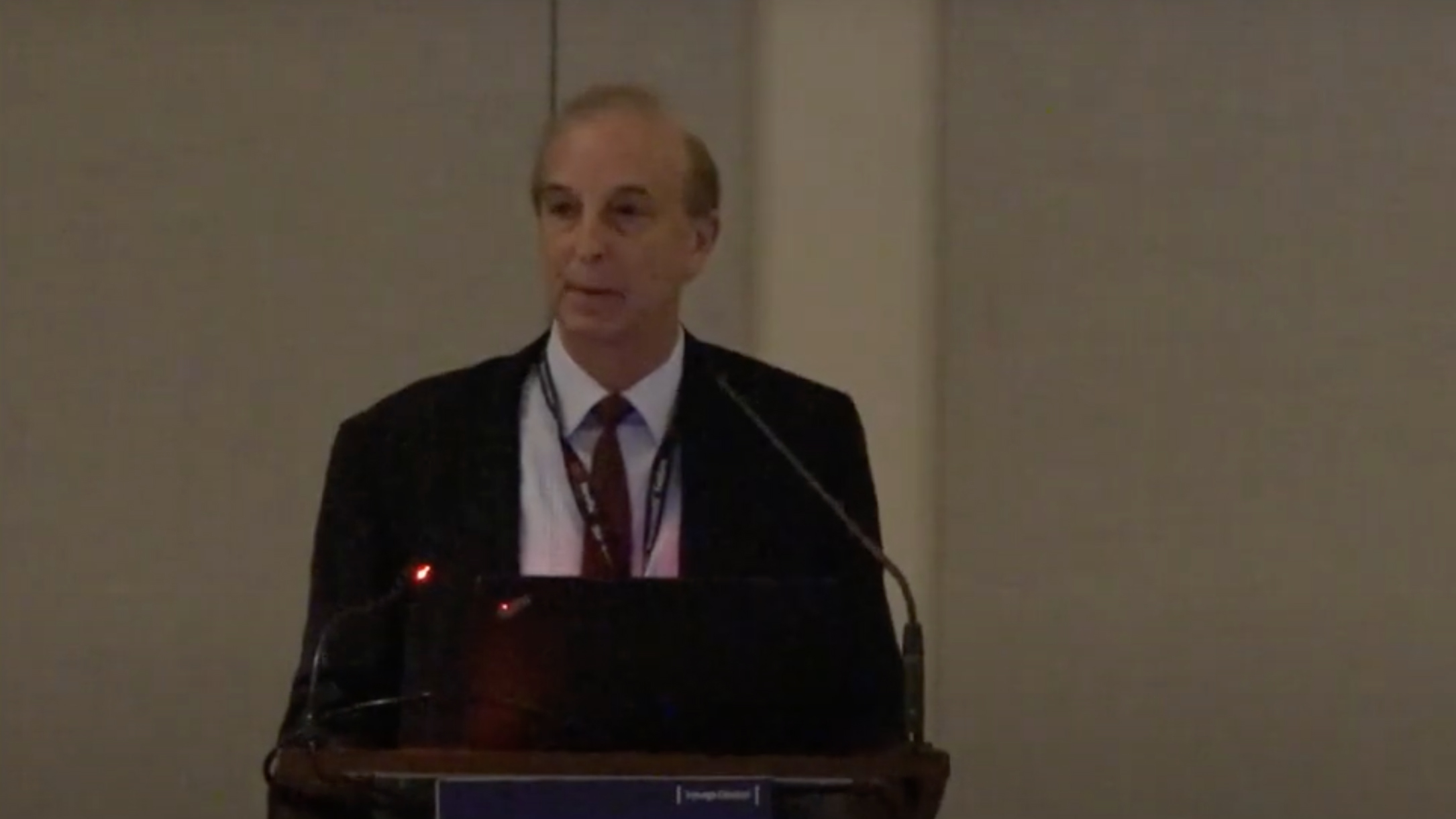NEW YORK (Reuters Health) – Active surveillance for renal cortical neoplasm is a “reasonable treatment option” in older patients with comorbid illness, according to a single-center report from Columbia University in New York.
In 212 patients followed for a median of roughly 3 years, active surveillance failed in just 7%, the researchers said in the May issue of the Journal of Urology. The patients had 223 renal cortical neoplasms, with a median initial size of 2.8 cm.
“Our definition of ‘failure’ is unique as we wanted to be more objective than others,” senior author Dr. Jaime Landman told Reuters Health. “Failure” included not only disease progression (the classic definition of failure with active surveillance) but also the need for intervention, which is not typically included, Dr. Landman said.
In general, the standard of care for these tumors is intervention with curative treatment, Dr. Landman and colleagues note in their article. A number of minimally invasive approaches to renal cortical neoplasms may decrease the risk of complications, but “these ablative technologies are still associated with morbidity and even mortality,” the authors point out.
Increased detection of small renal cortical neoplasms in recent years has fueled interest in active surveillance in appropriate patients. “The concept of watchful waiting has evolved into active surveillance,” Dr. Landman said. “We are not just waiting, we are watching with serial imaging; it should really be called active surveillance with delayed intervention.”
In their paper, Dr. Landman and colleagues report on 117 men and 95 women (median age, 71 years) who opted for active surveillance of lesions in the renal cortex that were suspicious for renal cell carcinoma. Half the patients had a Charlson comorbidity index of 3 or greater, placing them at high risk from surgical intervention.
The majority of tumors were cT1a (less than 4 cm) at the start of surveillance. The initial tumor size ranged from 0.5 to 13.7 cm. The median lesion size grew from 2.8 cm at baseline to 3.7 cm at final assessment.
The research team aborted their surveillance in 15 patients (7%) after a median of 26.4 months — most often for increased tumor growth (8 patients), metastasis (4 patients), patient/surgeon desire (2 patients) and symptomatic disease (1 patient).
In the 15 cases of aborted surveillance, tumors grew by a mean of 1.75 cm per year, a rate significantly higher than in those who remained on surveillance (p = 0.001). The median growth rate for the full cohort was 0.34 cm per year.
Although 15 patients died during follow up, only one (0.5%) died of renal cell carcinoma. This patient had an “unusually high growth rate,” Dr. Landman and colleagues report. Altogether, 93% of patients continued on active surveillance with no intervention, they note.
The clinicians conclude that with at least medium term follow-up, most renal cortical neoplasms “grow at a slow rate and have an indolent course (and) initial tumor size is not a reliable parameter to fully predict the natural course of the disease.”
“While there were no prospective criteria for entering (the current study), there was good clinical judgment by good doctors,” Dr. Landman said, adding that the vast majority of patients “enjoyed the benefits of not having surgery and are doing just fine.”
Reference:
J Urol 2010;183:1698-1702.




